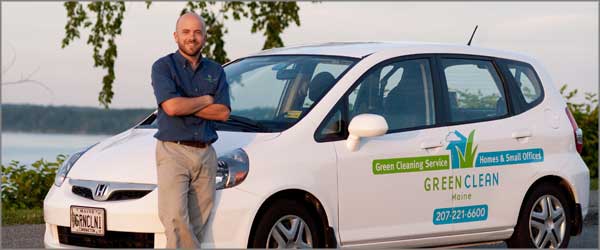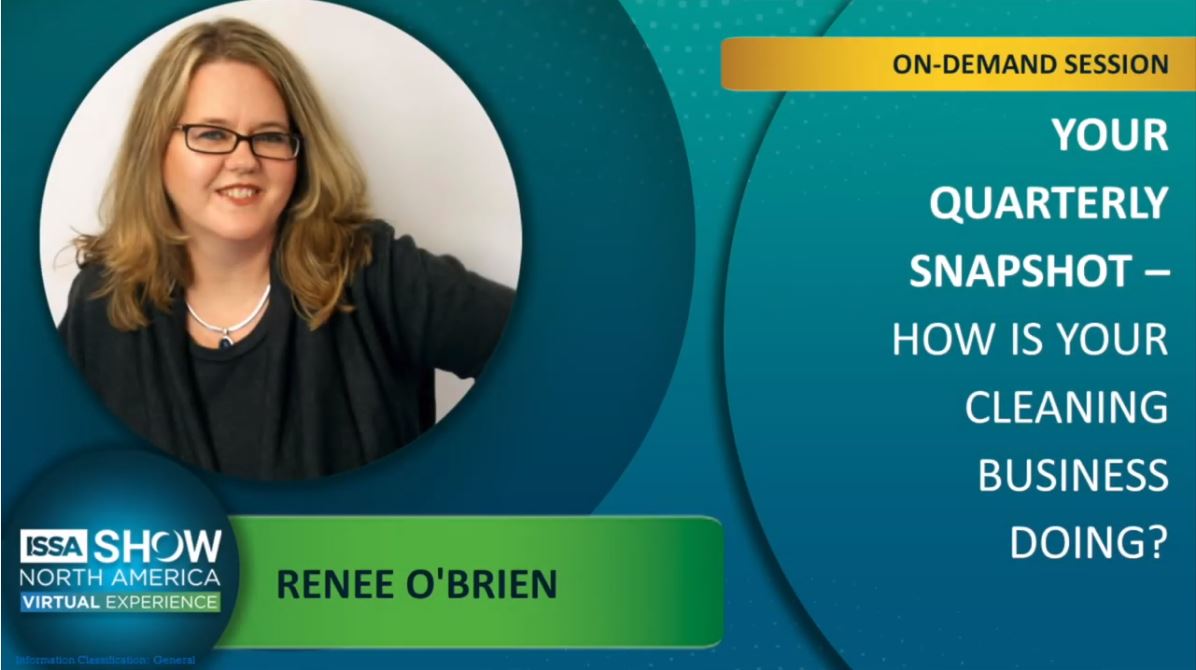Major change requires checking progress and making adjustments as needed.
In Part 1 of our series, we analyzed the profitability challenge my business was facing at the start of 2014. In Part 2, we looked at the structural and cultural changes implemented during my enrollment in the Foundations of Success program, working with my coach Tom Stewart, to address the challenge and make the business financially sustainable.
In an unexpected Part 3, we looked at some of the initial results of our changes to gut-check the decisions and make small but powerful course corrections to make sure we didn’t ignore challenges to success.
In the final installment of our series, we’ll look at the outcome of these changes. I’m happy to report that while things took longer than expected, lots of things have gone right.
Goal #1: Increase Bill Rate by 5%
One cornerstone of our plan was to increase our effective billable rate by 5%. As a reminder, billable rate is calculated this way:
Bill rate = Total Amount Billed to Client / Number of hours budgeted for job
We were shooting for a 5% increase as part of our plan to solve our payroll % to sales issue. Here’s the breakdown:

Goal: 5%
Actual Increase: 6.5%
According to this sample, we’ve exceeded our goal by 1.5%. I’ve run the numbers more recently in 2015 and our bill rate is even higher. We’ll continue to analyze samples on this metric, because it is an important one, and we can get the info we need by running a couple of quick reports with our scheduling software. It looks like we’ve achieved a win in this area.
Goal #2: Increase Efficiency by 7.5%
Another of the three major goals was to increase our efficiency by 7.5% by switching to 2-person teams from larger 3- and 4-person teams. With this uptick in efficiency, we could minimize pay cuts and price increases. Let’s see how it went:

This was a big surprise. We thought we might go a little past 80%, but to get over 87% was so unexpected I had to check the data, then check it again when I got the same result. Teams of two have made us so much more efficient for two major reasons:
- Teams of two are faster in the cleaning itself, with less overlapped work/downtime, and
- We can schedule much more efficiently with teams of two, with teams often being able to not leave a neighborhood for an entire day.
This may not work for your business, as different geographies and scheduling methods effect efficiency as well, but for us it’s worked incredibly well. Again, we have re-run the numbers with more recent data and these results hold; in fact, we have only gotten more efficient as we adjust to this new structure.
Goal #3: Decrease Payroll % to Sales by 7.5%
This was the big number at the heart of our issue. We had calculated that a 7.5% reduction, combined with the other changes, would being us into line with where a healthy cleaning business should be overall. It should be noted that these numbers include wages, taxes, paid time off, bonuses, benefits and workers compensation insurance. (In the previous installment of this series I incorrectly reported that our goal was a 2.5% reduction as a percentage to sales, but it was in fact a 7.5% reduction). Here are the numbers:

Target Reduction: 7.5%
Actual Reduction: 8.6%
Exceeded goal by: 1.1%
There is a caveat here. If you’ve been following this series, you’ll notice it’s been a year since I last provided an update. That’s because when we restructured 18 months ago, we had hoped to get this result within 6 months. It actually took 12-15 months.
I’ve learned that with such an all-encompassing restructuring, there are things that can be difficult to predict, and the old “you don’t know what you don’t know” adage certainly applies. Such a major change requires checking progress and making adjustments as needed.
What we have done over the past year is keep a focus on this number, and made it just as much of a focus as revenue. By checking that number each week, each month and each quarter, we were able to make adjustments as we went along to continue to bring that number down, all the while increasing our employee retention rate and growing top-line revenue by nearly 20% year-over-year.
Now, Green Clean Maine is on solid financial footing and has the resources to begin taking on new support staff and take our growth to the next level, and we’ve got some exciting things planned. For me, the owner, it means the prospect of meeting my personal financial goals and getting some much-needed time off in the coming months, to recharge for the next challenge.
Joe Walsh started Green Clean Maine in 2007 to bring a truly sustainable and non-toxic cleaning service to Southern Maine.
 Cleaning Business Today is a publication of Tom Stewart and Derek Christian, who also partner in Castle Keepers, one of the fastest growing professional house cleaning services in the US.
Cleaning Business Today is a publication of Tom Stewart and Derek Christian, who also partner in Castle Keepers, one of the fastest growing professional house cleaning services in the US.





